C-class solar flare danger today! NASA reveals key details about the Sun
NASA’s Solar Dynamics Observatory (SDO) has revealed that solar flares could be hurled out by a sunspot that has grown massive in size. Know all about it.
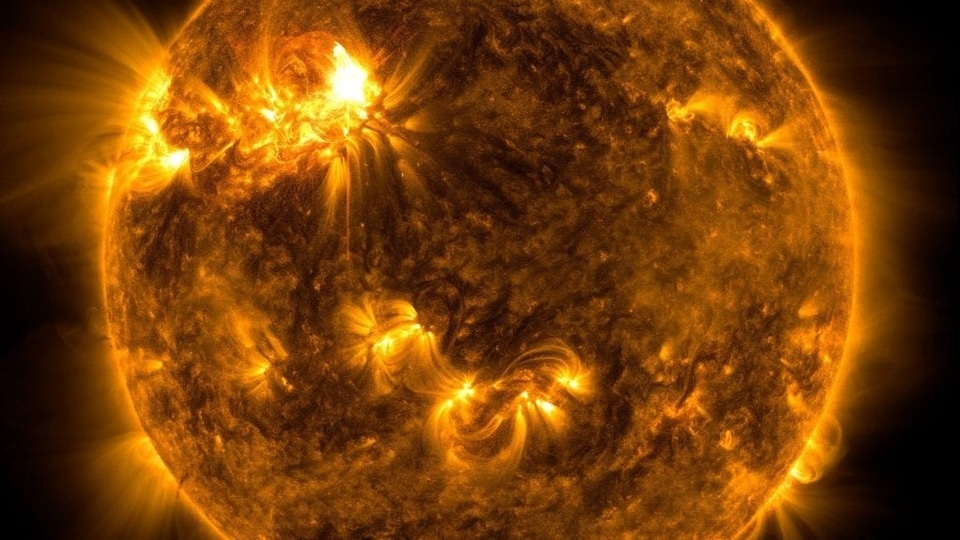

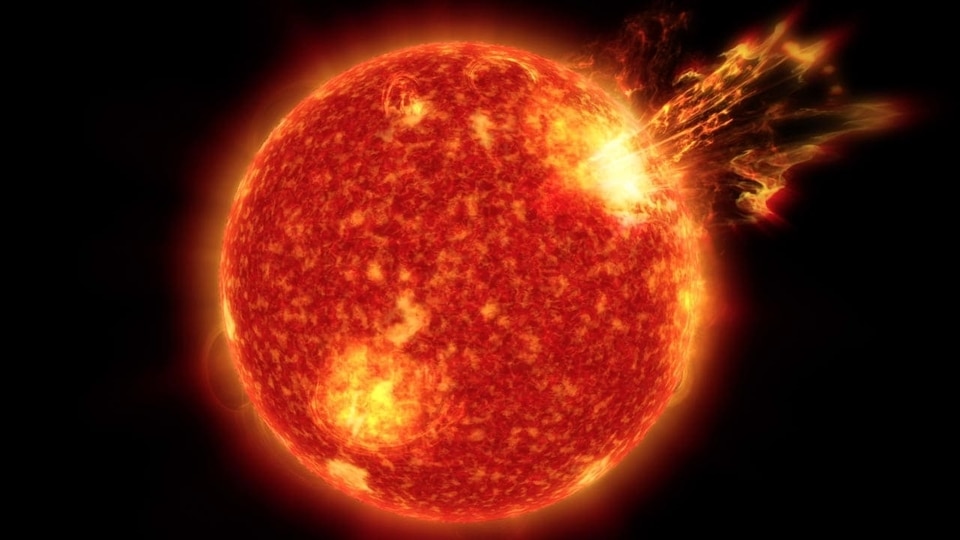
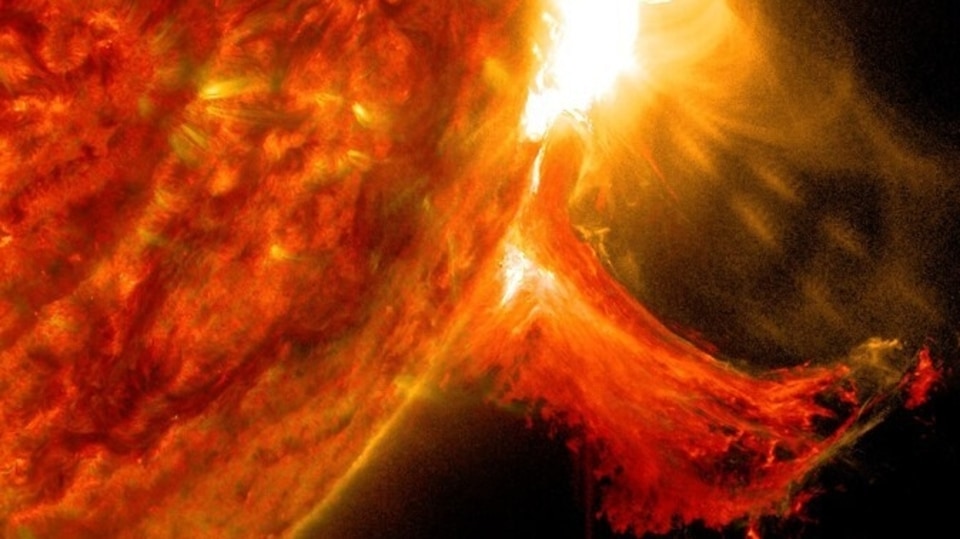

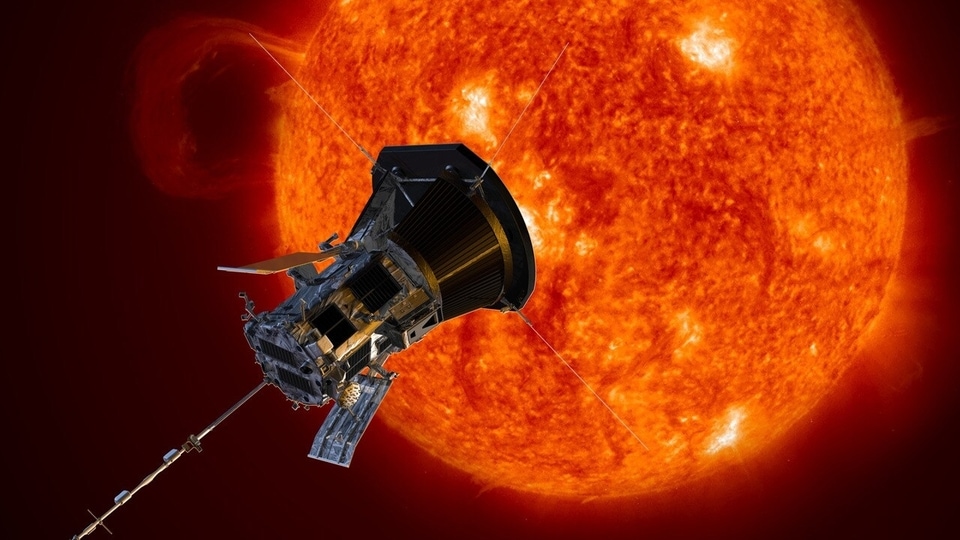
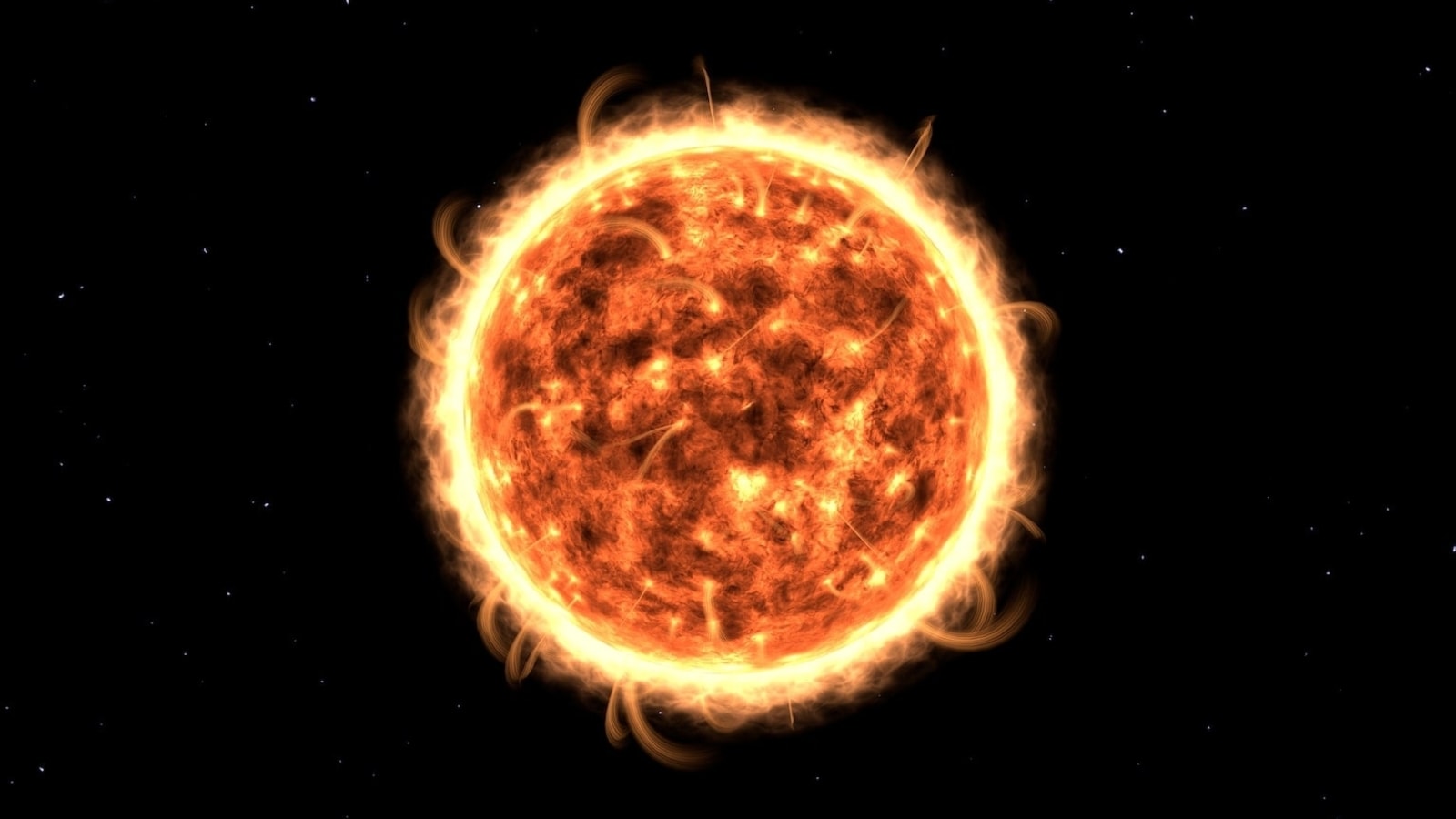
 View all Images
View all ImagesTo study the Sun, the Solar and Heliospheric Observatory or SOHO was launched in 1995 by NASA in collaboration with the ESA, and it began operations in May 1996. It was initially launched as a 2-year mission but has now completed 25 years of service. According to NASA, SOHO aims to study the Sun “inside out”, meaning it has been conducting analyses from its deep core to the outer corona and the solar winds. It captures images of the sun's corona, measures the velocity and magnetic fields of the sun's surface, and observes the faint corona around the Sun.
Using this advanced tech, NASA, with the help of its Solar Dynamics Observatory (SDO), has reported that Earth could be in the firing line of solar flares soon. Know all about it.
Dangerous sunspot
According to a report by spaceweather.com, NASA's Solar Dynamics Observatory (SDO), forecasts that a region on the Sun's surface, termed Sunspot AR3474, has tripled in size today, and could hurl out solar flares. Therefore, there is a danger of C-class solar flares being released. These flares are less in intensity than M-class solar flares but can still cause phenomena like slight radio disturbance, auroras, and more.
It states, “Sunspot AR3474 has tripled in size today and it is crackling with C-class solar flares”. It is the latest solar phenomenon as we advance towards the peak of solar cycle 25. We've already seen more sunspots than experts predicted, which means the Sun has been brimming with solar activity. According to NASA, a coronal hole has been observed and solar winds escaping from it could reach Earth today, October 30.
How do solar flares affect tech?
Like asteroids, solar flares also pose a threat to Earth. Strong solar flares can cause power and radio blackouts for several hours or even days, spark auroras, give people in airplanes doses of radiation and can even influence elections! Technological instruments are especially at risk during flares. This is because when cosmic rays strike Earth, they release various particles like energetic neutrons, muons, pions and alpha particles. Although these particles do not affect the human body, they pass through integrated circuits and cause damage, often changing the data stored in the memory.
Catch all the Latest Tech News, Mobile News, Laptop News, Gaming news, Wearables News , How To News, also keep up with us on Whatsapp channel,Twitter, Facebook, Google News, and Instagram. For our latest videos, subscribe to our YouTube channel.































